 When presenting a collection, the context from which it draws inspiration, the atmosphere and local culture that shape its identity, are often overlooked. In a way, getting to know a designer, a company or a brand has a lot to do with geography.
When presenting a collection, the context from which it draws inspiration, the atmosphere and local culture that shape its identity, are often overlooked. In a way, getting to know a designer, a company or a brand has a lot to do with geography.
While globalization tends to erase local distinctiveness, homogenizing knowledge, tastes and preferences, there are, in parallel, realities that quietly resists, capable of synthesizing the modernity of contemporary metropolises with the ancient wisdom of remote lands, where customs and traditions express a deep connection and respectful balance between humans and nature.
 This is clearly the case with Bergfabel, a South Tyrol brand whose name combines the German word ‘Berg’ (mountain) and ‘Fabel’ (folk tale), a language still deeply rooted in Vipiteno, a small village nestled in the South Tyrolean Alps on the border with Austria, where Klaus Plank, the brand’s designer, was born.
This is clearly the case with Bergfabel, a South Tyrol brand whose name combines the German word ‘Berg’ (mountain) and ‘Fabel’ (folk tale), a language still deeply rooted in Vipiteno, a small village nestled in the South Tyrolean Alps on the border with Austria, where Klaus Plank, the brand’s designer, was born.
 Alpine landscapes, towering mountains and long green valleys, pastures and flowers bordered by coniferous forests, speak to the long human adaptation to the harshness of cold winters and the gentleness of spring.
Alpine landscapes, towering mountains and long green valleys, pastures and flowers bordered by coniferous forests, speak to the long human adaptation to the harshness of cold winters and the gentleness of spring.
 It’s an aesthetic harmony, a mutual, happy anthropization that is easily found in Bergfabel’s garments: in the color palette that follows the seasonal rhythm, in the preference for natural fibers, rustic wools, and liven-in-looking cottons, and in the traces of South Tyrolean folklore visible in certain garments and jackets, in the cuts and hand-finished details.
It’s an aesthetic harmony, a mutual, happy anthropization that is easily found in Bergfabel’s garments: in the color palette that follows the seasonal rhythm, in the preference for natural fibers, rustic wools, and liven-in-looking cottons, and in the traces of South Tyrolean folklore visible in certain garments and jackets, in the cuts and hand-finished details.
 The more traditional aspects are softened by the big textile research carried out by Klaus and his wife Barbara, and by their skill in creating silhouettes that – through carefully placed formal gestures such as pleats between slits, sleeve hems, and borders – are ideal for more international contexts, made for travel and for feeling at ease, anytime and anywhere
The more traditional aspects are softened by the big textile research carried out by Klaus and his wife Barbara, and by their skill in creating silhouettes that – through carefully placed formal gestures such as pleats between slits, sleeve hems, and borders – are ideal for more international contexts, made for travel and for feeling at ease, anytime and anywhere
 Because the underlying idea behind Bergfabel’s stylistic approach is not only to keep the connection with its native land alive, but above all, to offer it in its essence, an habitat that brings pleasure and comfort to the wearer, just like immersing oneself in the landscapes of the high Tyrolean valleys.
Because the underlying idea behind Bergfabel’s stylistic approach is not only to keep the connection with its native land alive, but above all, to offer it in its essence, an habitat that brings pleasure and comfort to the wearer, just like immersing oneself in the landscapes of the high Tyrolean valleys.



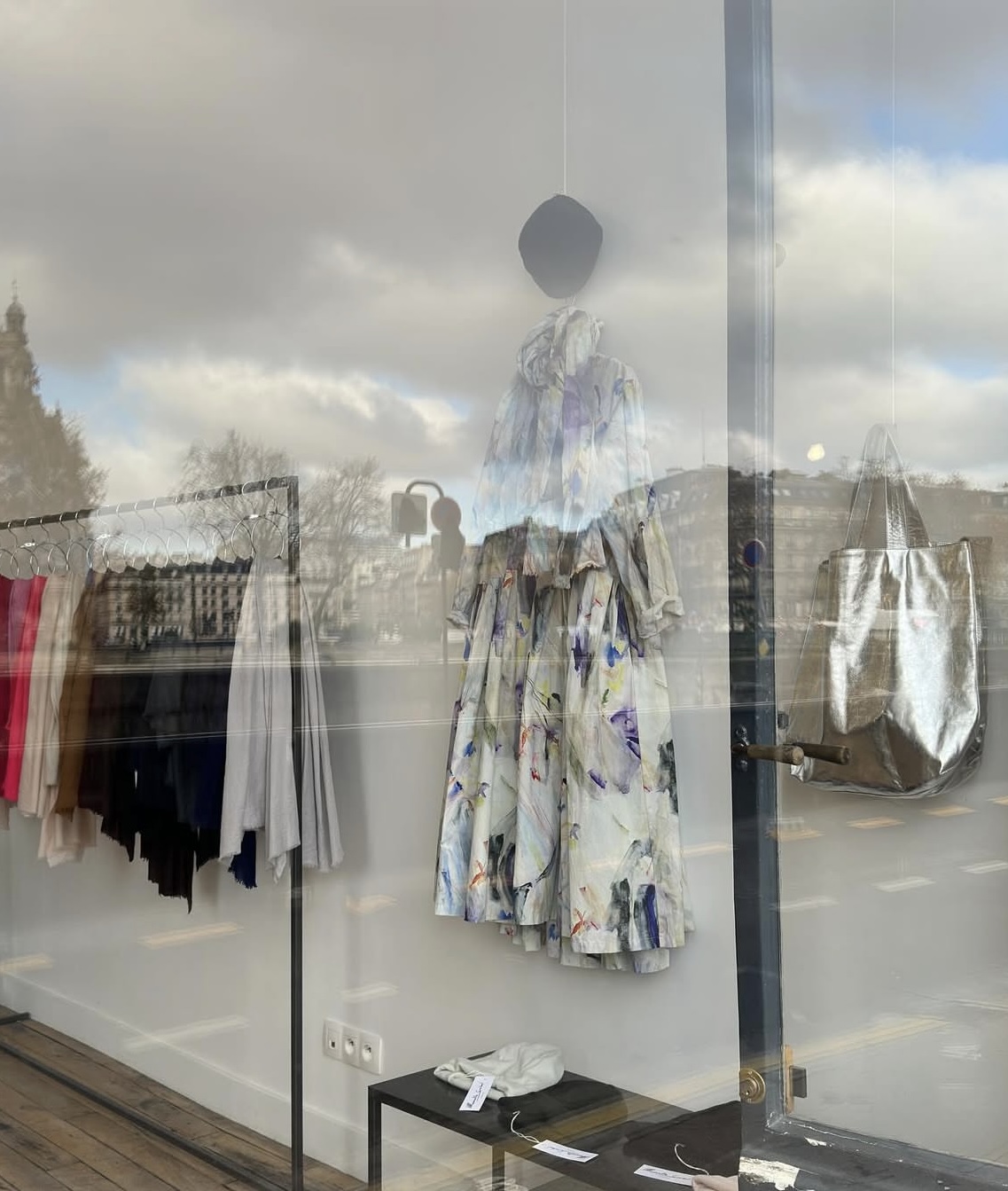

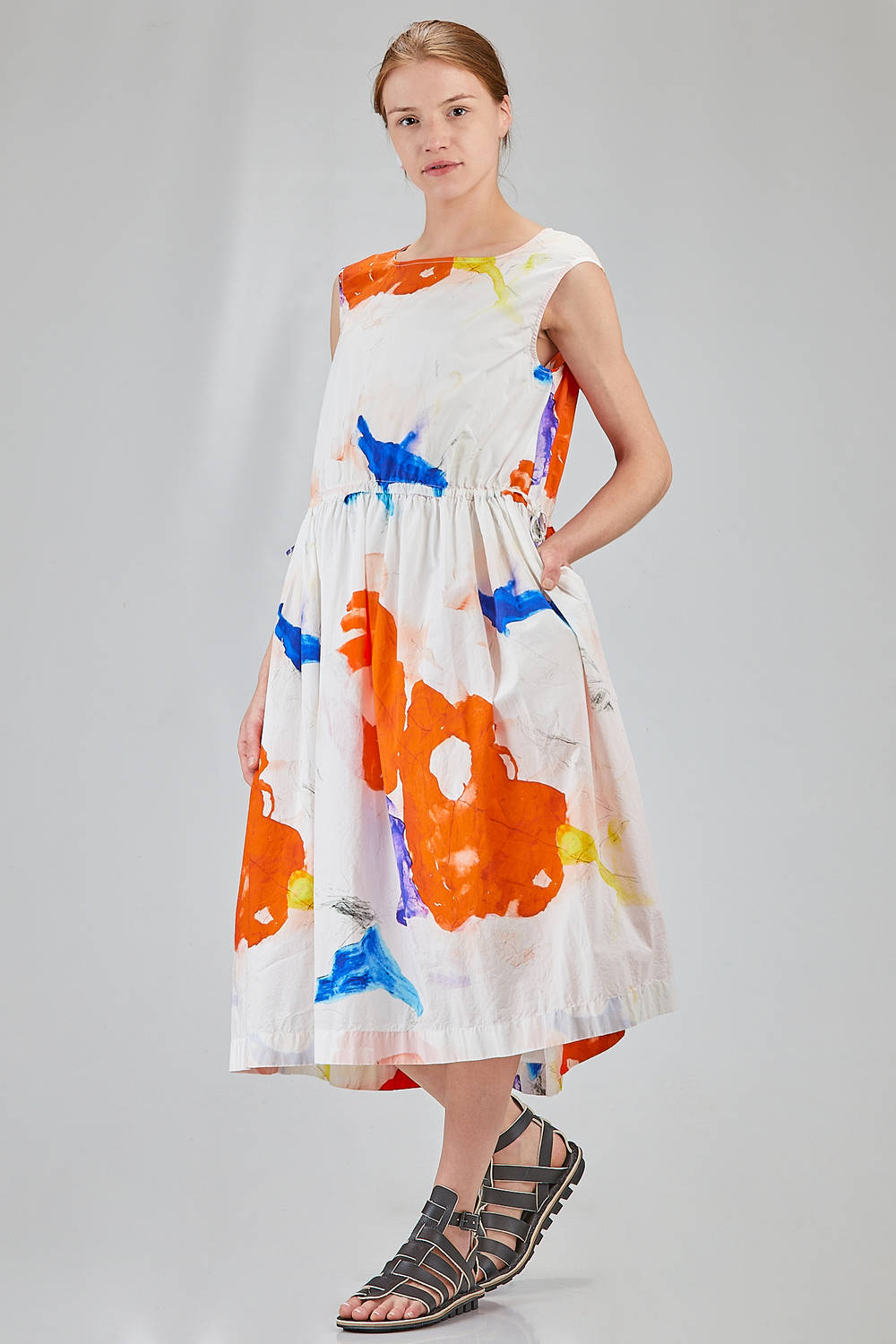




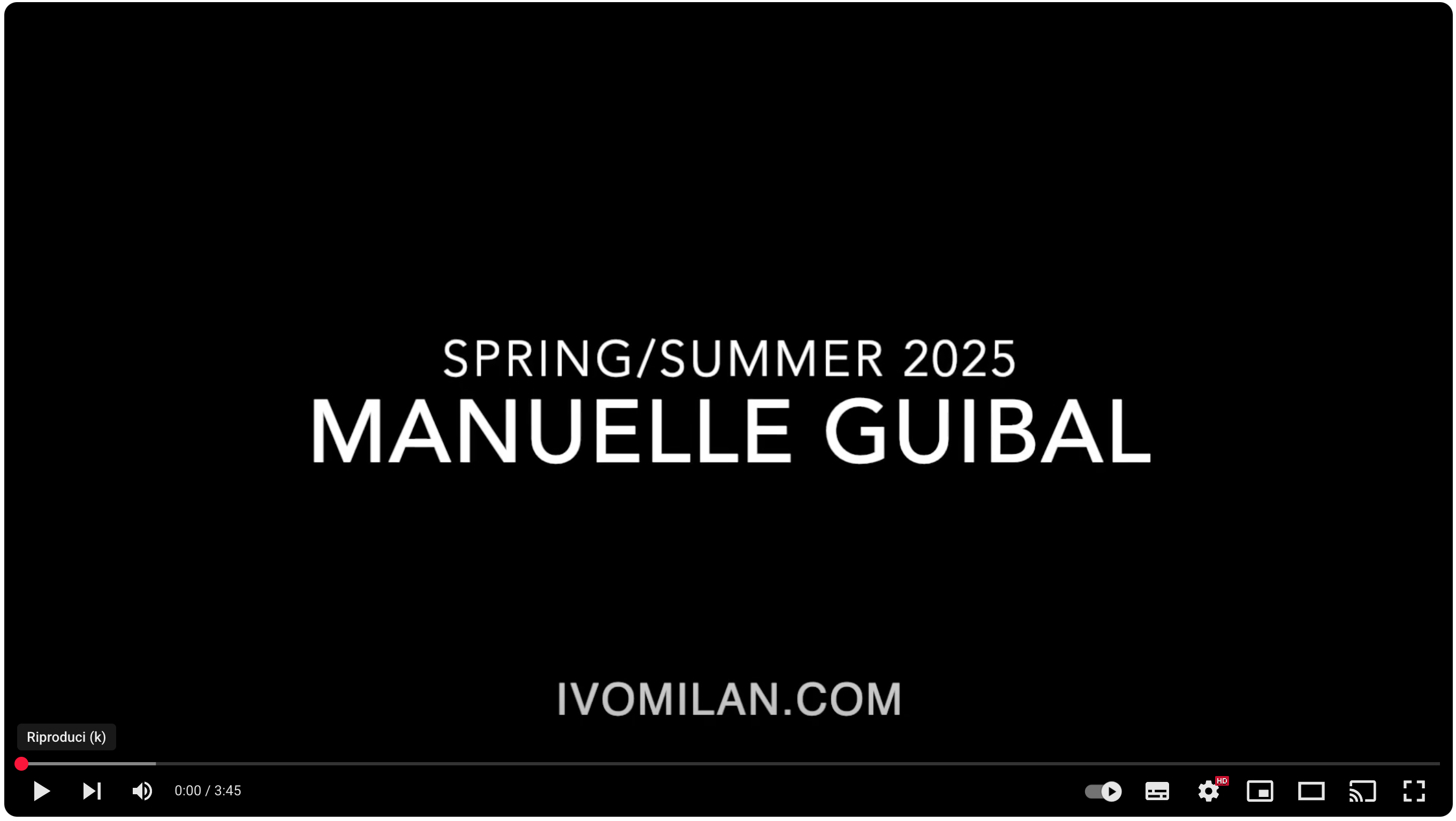



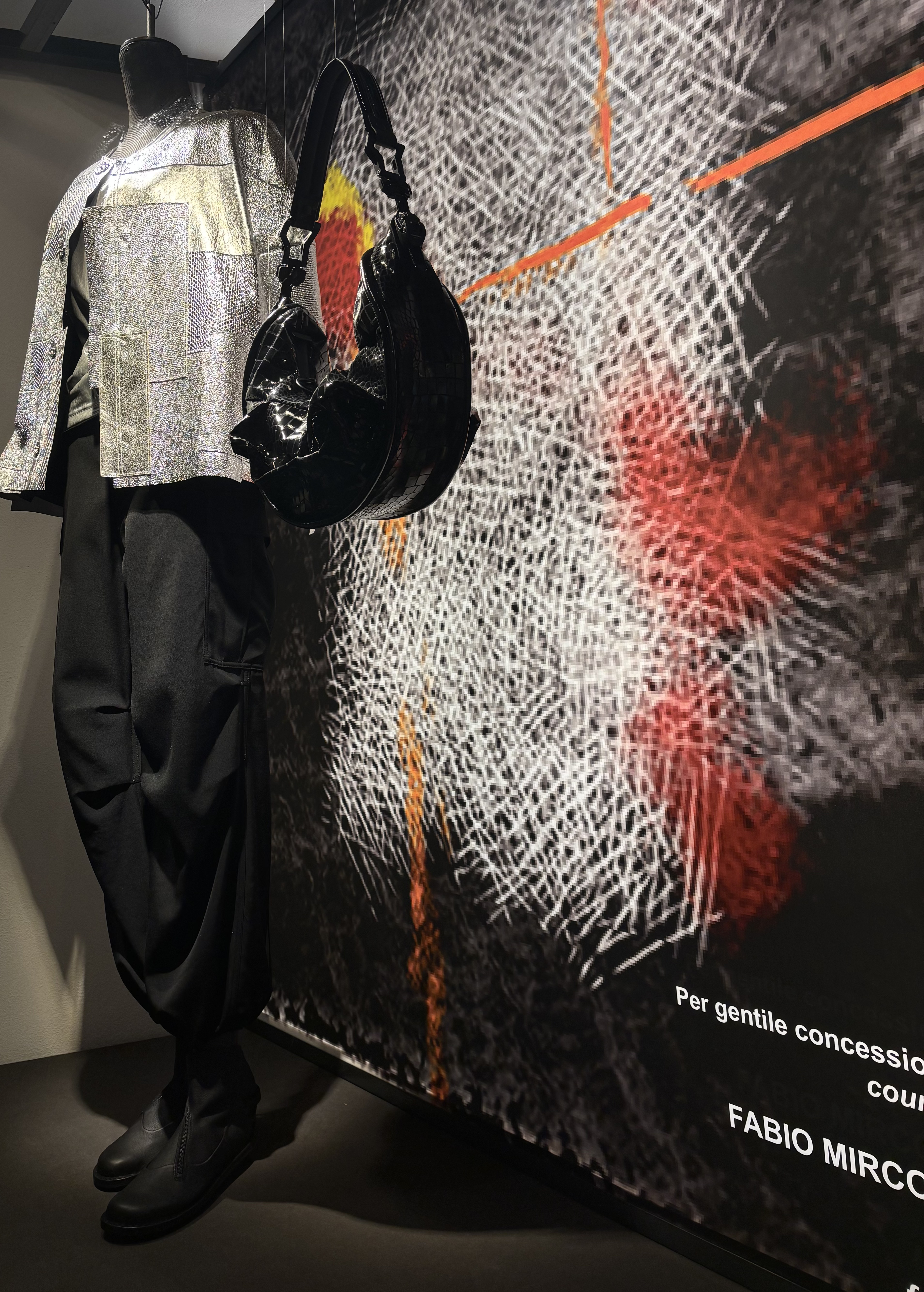











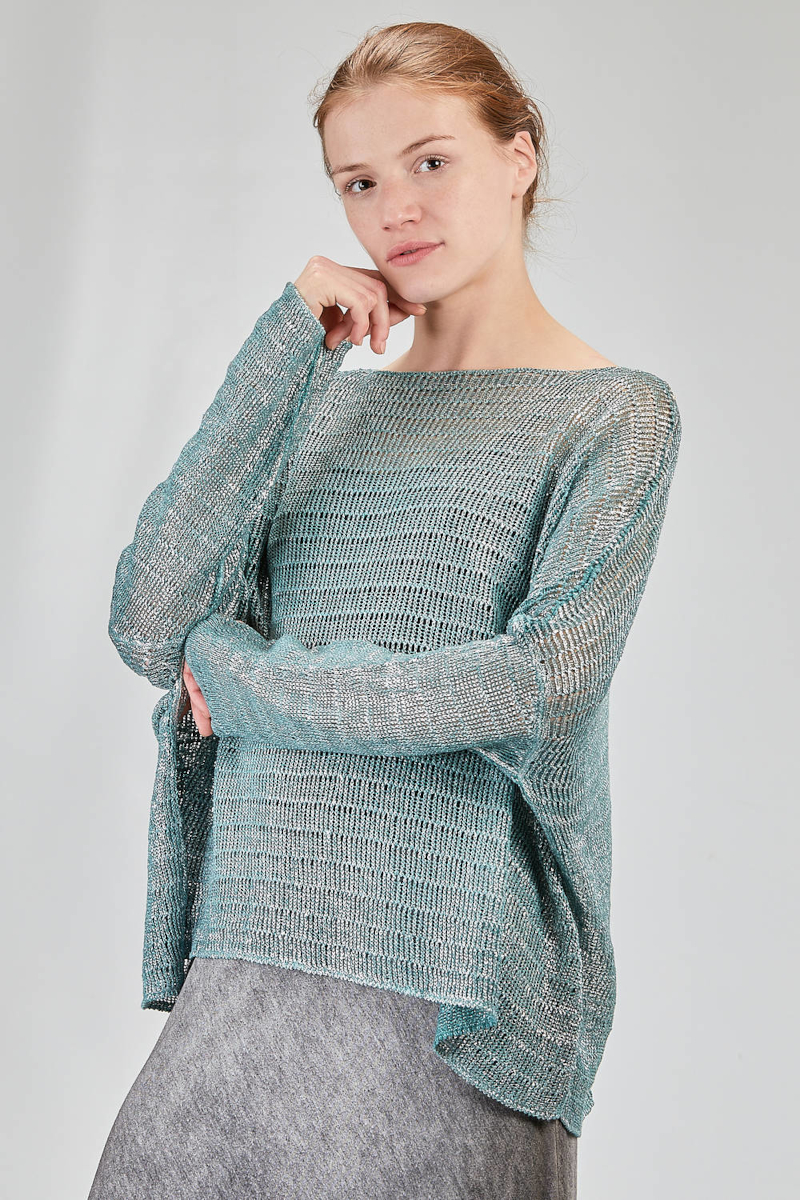

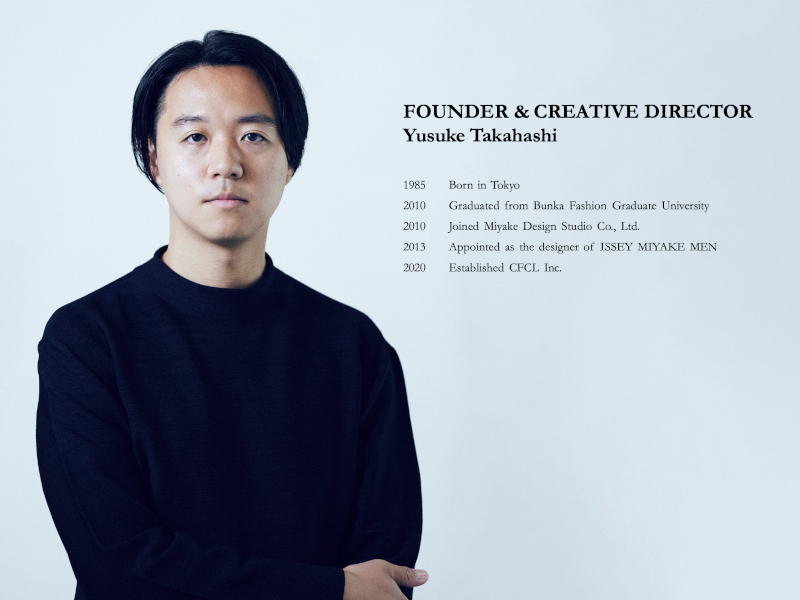



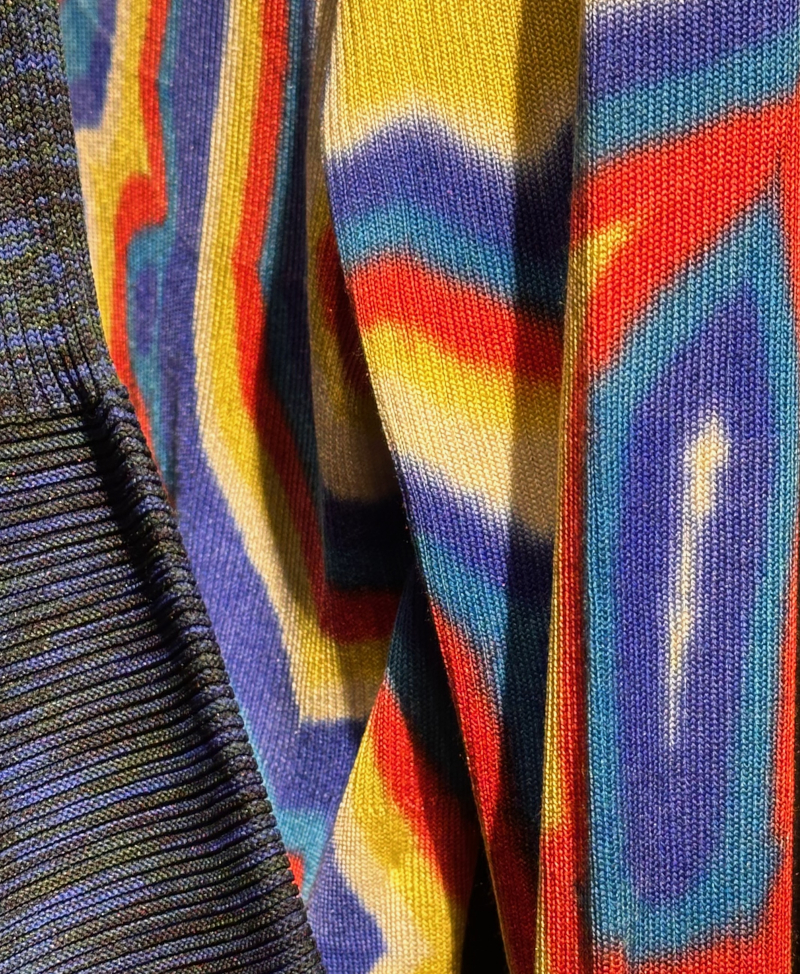







Recent Comments